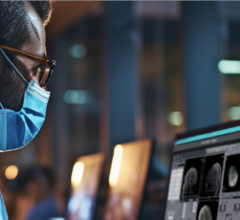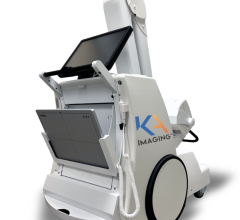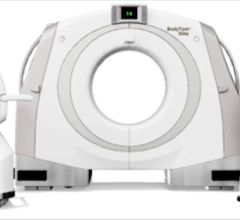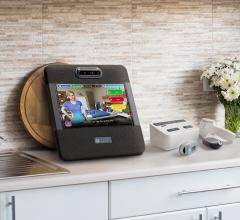
Claron NilRead medical image viewer
December 3, 2013 — Claron Technology has received Health Canada diagnostic approval for its NilRead zero-footprint medical image viewer. NilRead enables diagnostic interpretation of DICOM image files and related digital information anywhere and anytime on a diagnostic workstation and mobile devices when a workstation is not available. This includes smartphones, tablets and laptop computers used across the enterprise and beyond. Running from a remote server, the innovative technology supports viewing of high-resolution, diagnostic quality medical images and data formats with no software download and no compromise on performance. On remote desktops, NilRead supports diagnostic viewing of all cleared DICOM imaging modalities on single or multi-monitor configurations.
A full-featured viewer, NilRead features customizable hanging protocols, prior-current comparison and extensive measurements. Its advanced visualization features include thin/thick slabs, MIP, volume rendering, PET/CT fusion, and more. It delivers the highest levels of security and leaves no information on the viewing hardware when the session is complete.
“We are extremely pleased to receive Health Canada diagnostic clearance for our NilRead viewer,” says Claudio Gatti, Co-CEO and Co-Founder of Claron Technology. “Radiologists and clinicians throughout Canada now will be able to interpret images on any diagnostic workstation and on a tablet or smartphone when a workstation is not available. Support for this comprehensive set of devices will result in more cost effective and responsive diagnosis, allowing enhanced collaboration among physicians.”
“I have participated in the NilRead clinical study and have read over 600 cases in multiple light settings on different devices, both desktop and mobile,” says John McKee, radiologist, Mackenzie Health and Southlake and President, X-ray Associates York Region. “My overall impression is that the software is easy to use and intuitive. The user interface is efficient and consistent across the various types of mobile devices. It supports intuitive touch gestures on tablets and smartphones. I felt that on mobile devices, the tablet form factor was the best in terms of resolution and screen real estate. But even on a phone, it was possible to assess fine level of detail since the image can be zoomed and panned without any noticeable pixelation. I feel that a diagnostically cleared NilRead would be advantageous for a radiologist as a tool for access to diagnostic quality images anywhere and anytime. For example, this would be useful for radiologists on call or not in their office at the hospital. I can also envision the tool being very effectively used by various types of clinicians to access both images and reports.”
For more details: www.clarontech.com


 November 26, 2025
November 26, 2025 








